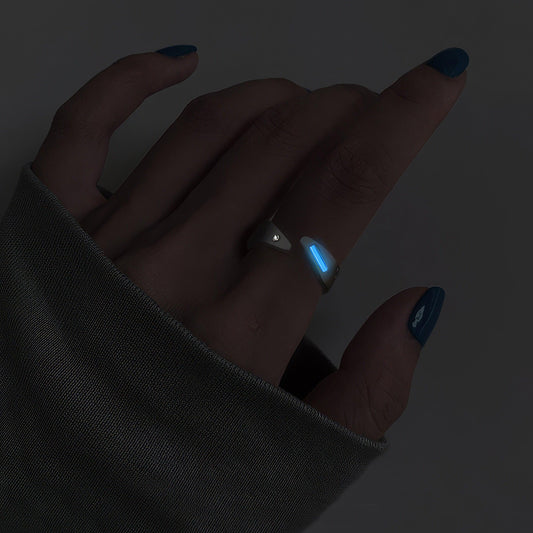Understanding Emeralds Through the Mohs Hardness Scale
Understanding Emeralds Through the Mohs Hardness Scale
I vividly recall a summer years ago when, on a whim, I ducked into a small gemstone shop tucked away on a side street in Charleston. Among the glinting rubies and glimmering sapphires, it was the emeralds that truly captured my attention. Their deep green hues seemed to pulse with an inner life, whispering tales of ancient forests and forgotten kingdoms. But it was a conversation with the shop owner that really piqued my curiosity. As she explained the Mohs hardness scale, a new appreciation for these captivating stones emerged.
The Mohs hardness scale, developed by Friedrich Mohs in 1812, is a measure of a mineral's scratch resistance, gauged by how a mineral can scratch another. It's not just a scientific concept; it's a practical guide for anyone interested in gemstones. Diamonds, topping the scale at a perfect 10, might reign supreme in terms of hardness, but it's the middle-ranged, like emeralds, that have their own unique stories.
Emeralds, with a Mohs hardness of about 7.5 to 8, strike an intriguing balance. They're hardy enough to withstand everyday wear, making them a popular choice for jewelry. Yet, they're not invincible. This is something you should keep in mind if you're considering an emerald ring. Unlike the durability myth surrounding diamonds—“hard as a rock”—emeralds encourage a more mindful approach. Perhaps that's part of their allure. They remind us that beauty often requires care.
It's also worth noting the peculiarities that accompany the emerald's hardness. These stones are often filled with inclusions—tiny imperfections that, rather than detract from their beauty, often add to it. Known in the trade as "jardin" (French for garden), these inclusions can make each emerald entirely unique. And though they contribute to the stone's vivid narrative, they also require a gentle touch. This vulnerability is strangely endearing, like a beloved novel showing its dog-eared pages.
Reflecting on those emeralds in that Charleston shop, I remember feeling an odd connection between these stones and the city itself—a place where history and modernity dance together in a waltz of cracked pavements and elegant architecture. Emeralds, much like the city, wear their stories on their sleeves, inviting us to appreciate imperfections as part of their charm.
For anyone considering emerald jewelry, understanding the Mohs hardness scale provides a practical insight that goes beyond scientific curiosity. It enables us to appreciate the grace with which these stones have been forged over thousands of years. Whether it's a ring or a delicate pair of earrings, wearing an emerald is an experience—a reminder to cherish beauty that has stood the test of time but still requires a loving touch.
In the end, the Mohs scale is more than just numbers. It's a reminder of nature's artistry and a guide to choosing pieces that resonate with our personal histories and aspirations. Next time you find yourself drawn to an emerald, consider the depth behind its dazzling facade. It might just tell you a story worth listening to.



























